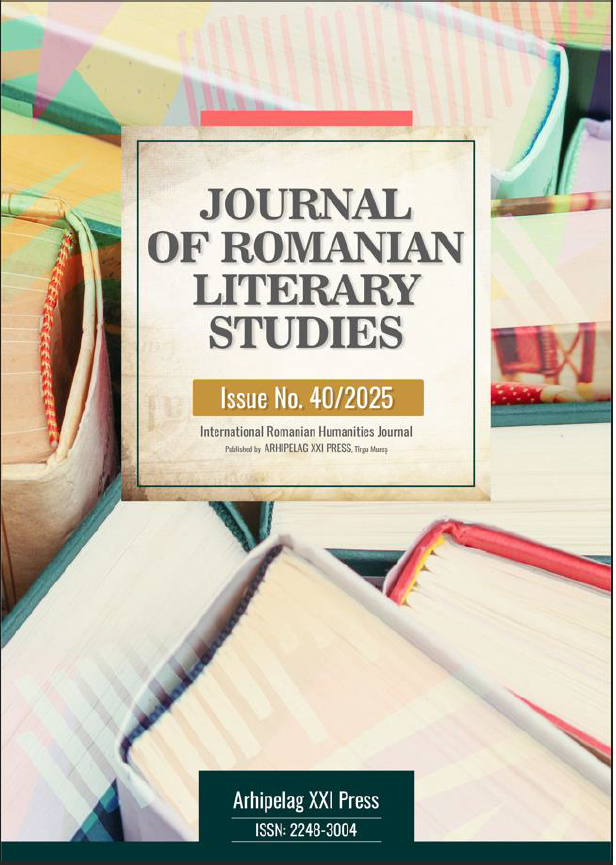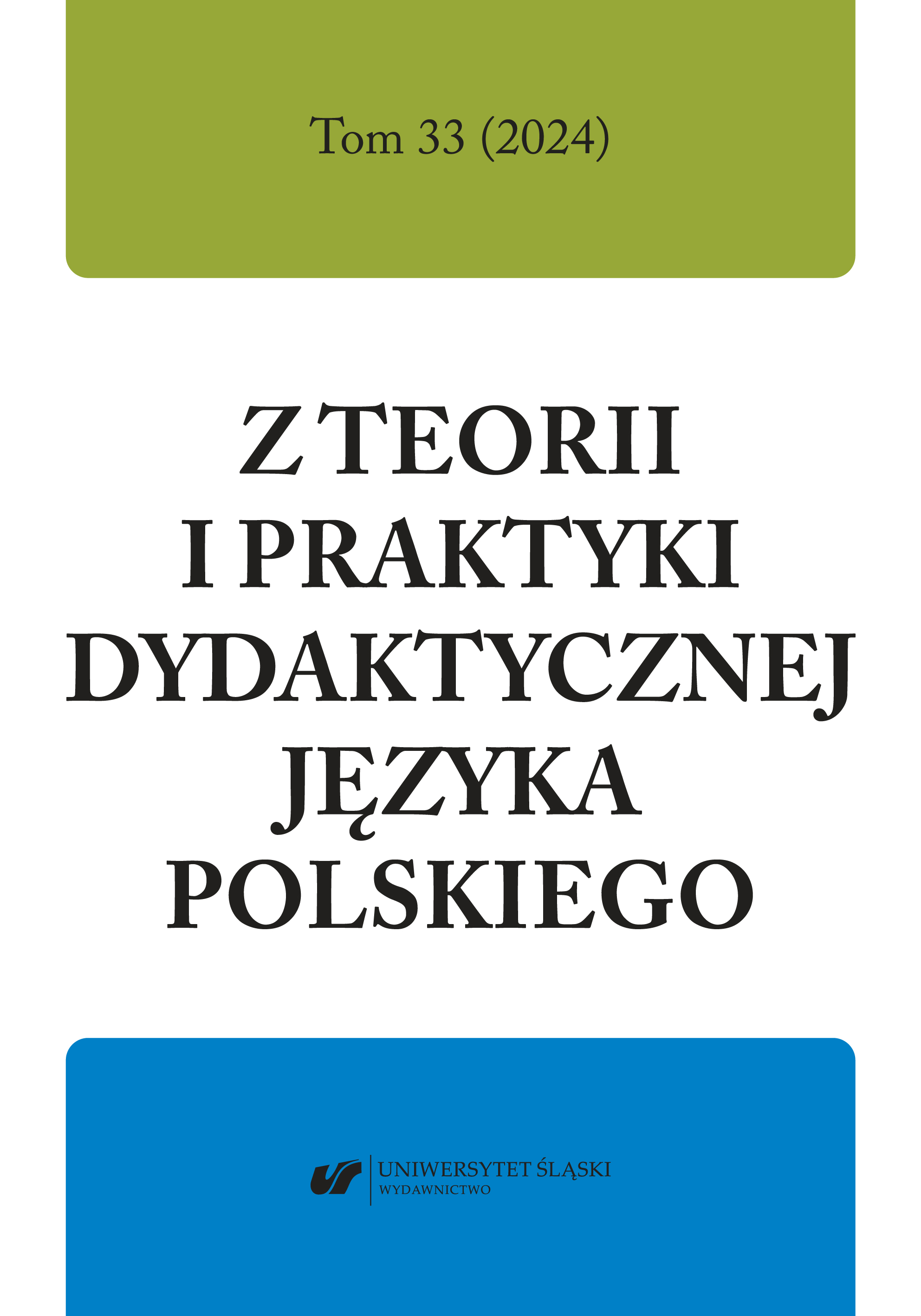The Spelling, Phonology and Morphology of the "Međimurje Language" in the Newspaper Muraköz - Megyimurje between 1941 and 1944
By applying the results of the latest research findings on the Međimurje dialect, the paper analyses the language (spelling, phonology and morphology) of Kajkavian texts (one of the three major Croatian dialects) in the newspaper Muraköz that was published by occupying Hungarian authorities during World War II in the Međimurje region. The spelling is rated as moderately root-based. Although the vowel systems in the Međimurje dialect are very complex and with many units, the proofreaders and the editor of the newspaper opted for only five vowels recorded in the Croatian standard language. The morphology of Kajkavian texts in that newspaper was very carefully harmonized, which proves that the standardization of the Međimurje dialect was taken very seriously by Hungarians. It is concluded that the authors of Kajkavian texts in the researched newspaper tried to make a choice of language features that would be acceptable to most speakers of the Međimurje dialect.
More...



